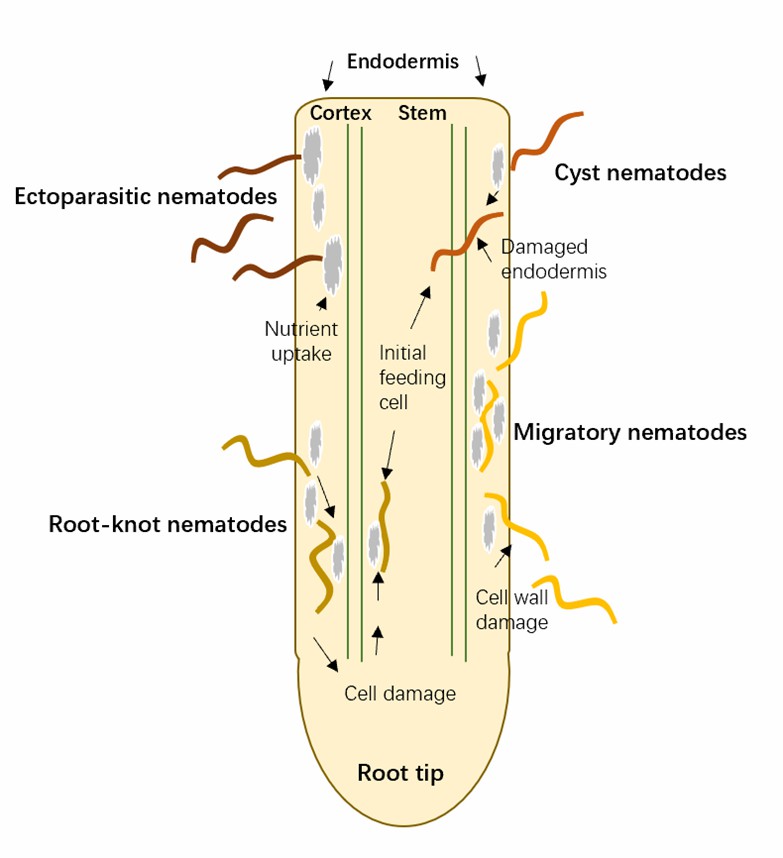Analysis for Reinforcement of Plant Cell Wall
Plant nematodes are obligate biotrophs that feed on almost all plant tissues, including flowers, roots, stems, and leaves, but most species of plant parasitic nematodes feed on roots. Nematode invasion and feeding cause tissue damage which may, in turn, lead to the activation of host basal defense responses. Regardless of their feeding habits, most plant nematode species must penetrate the cell wall to access the cell interior for feeding. Therefore, plants have evolved a complex defense system. Preformed elements of defense, such as cell walls and their reinforcements, are the first barrier for any kind of invaders.
Lifeasible provides services to customers worldwide in the field of analysis for the reinforcement of plant cell walls. Our platform has advanced facilities and professional experts to support related research. Here, we provide specific services according to the customers' needs.
Analysis of Lignin and Suberin Accumulation
- In addition to their universal presence in the endodermis, lignin and suberin biosynthesis can also be induced through external triggers, including pathogen infection in various plant tissues. A literature survey affirms that lignin accumulation in roots is an effective antagonist to plant nematode infection.
- Lifeasible provides analysis services of lignin and suberin accumulation in response to plant nematode infection, focusing on the transgenic regulation of two enzymes, phenylalanine ammonia lyase (PAL) and cinnamic acid 4-hydroxylase (C4H), which are at the core of the lignin pathway.
- In addition, the effectiveness of lignin and suberin accumulation for suppressing nematode infection is also supported by plant immune inducers. We also provide analysis services for β-aminobutyric acid (BABA), thiamine, and sclareol, including induction of lignin accumulation and reduction of nematode infection in plants.
 Fig.1 Model of four different migration habits of plant-parasitic nematodes in a root.
Fig.1 Model of four different migration habits of plant-parasitic nematodes in a root.
Analysis of Callose Deposition
- Callose is a plant polysaccharide made of glucose residues that are joined by β-1, 3 linkages, which are known as β-glucans. The deposition of callose between the cell wall and the plasma membrane upon wounding, pathogen infection, or pathogen-associated molecular pattern (PAMP) treatment indicates PAMP-triggered immunity.
- In addition, callose deposition has also been shown to modify the size exclusion limit of plasmodesmata and thus contributes to the regulation of symplastic transport. However, the role of wound or pathogen-induced callose deposition during plant–nematode interactions is not well researched.
- We provide analysis services of callose deposition in response to plant nematode infection through ultrastructure analyses, transcriptional activation of callose biosynthesis genes, observation of callose-deficient mutants, and others.
Lifeasible provides cost-effective, high-quality, and comprehensive services to our clients worldwide. We provide our clients with direct access to our experts and prompt response to their inquiries. If you are interested in our services or have any questions, please feel free to contact us or make an online inquiry.
For research or industrial raw materials, not for personal medical use!
 Fig.1 Model of four different migration habits of plant-parasitic nematodes in a root.
Fig.1 Model of four different migration habits of plant-parasitic nematodes in a root.